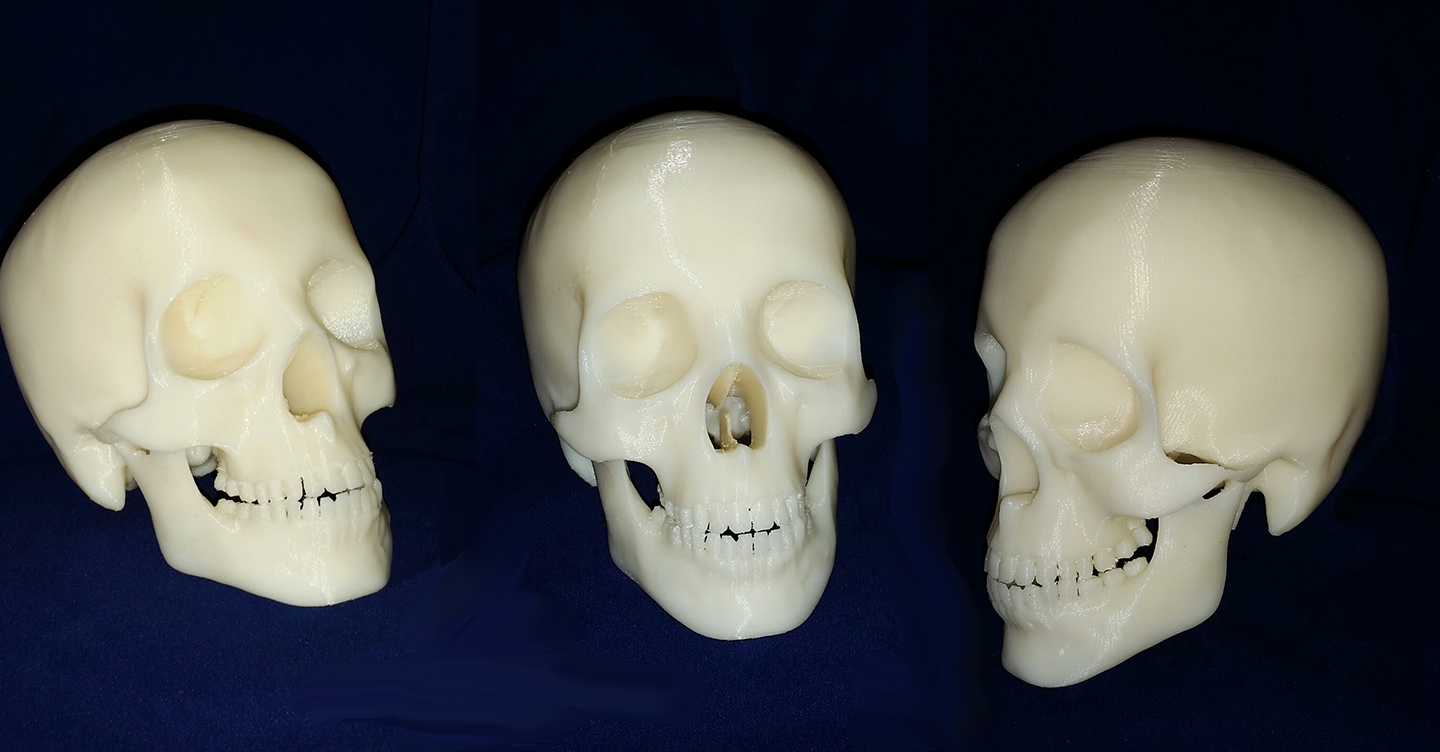 3D printing has come a long way and the detail that can be attained is amazing.
3D printing has come a long way and the detail that can be attained is amazing.
3D printed parts begin as 3D models from a modeling software such as Solidworks. This software allows the user to construct a part or object on a computer in a three-dimensional world instead of the old 2D from years ago. This 3D computer model provides all the details needed to construct the object. A 3D printer then uses this computer generated 3D model to produce the 3D part.
A 3D printer like Vulcan’s Fortus 250 printer uses ABS plastic to build up material in .007″ increments. The machine uses ABS wire much like fishing line that is fed into the head of the machine where it is pushed through a nozzle that heats the ABS and melts it; dispensing it in very accurate amounts. The 3D printer has multiple axis that control the position of the nozzle where the plastic is melted. The 3D printer functions in the same method as a machining center where the cutting tool moves around the material based on the 3D computer file. But instead of removing material, it is building up material in very small increments.
A 3D printer builds up from a platform in the machine. Since 3D printers build up from nothing, some geometries require extra support. When building certain shapes, sections of the part will be suspended in open air so they require support material to hold them in space. Without this support material, the part would collapse or be built out of tolerance. In a machine like the Fortus 250, a dissolvable plastic is also used in the construction to support the part. This plastic is simply called support material. The support material holds the ABS while the part is built to fill cavities and open areas so the part can continue to be built from the ground up. Once a part is completely printed, the part is soaked in a solution that dissolves the support material off the ABS plastic and you are left with the desired 3D part.
Vulcan GMS recently printed a couple of samples of the skull shown with this post to demonstrate to our customers the detail that can be attained through this process. The skull fits in a 4-inch cube and has exceptional detail in its design and build. This part took 13 hours to print in the Fortus 250 and was a great demonstration piece for Halloween.
Contact Vulcan to learn more about 3D printing or to discuss your specific printing needs and how one of our 3D printers can be put to work for you.

